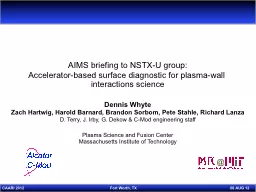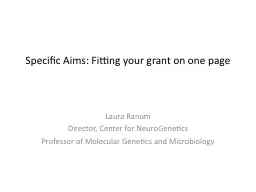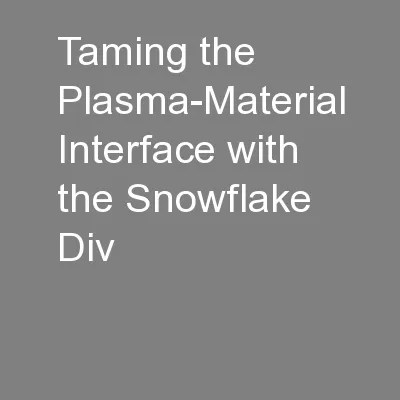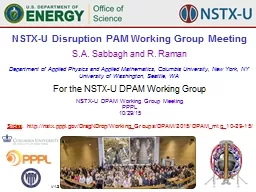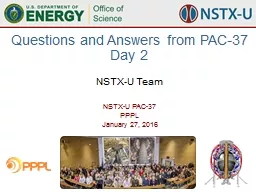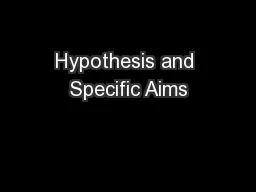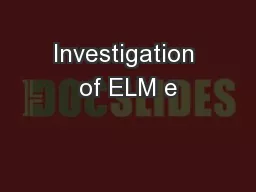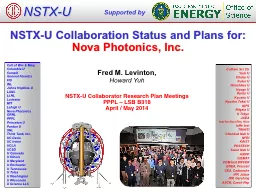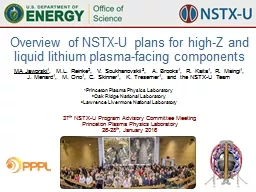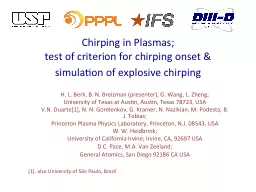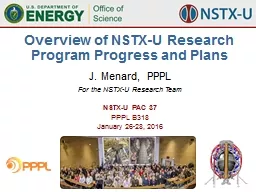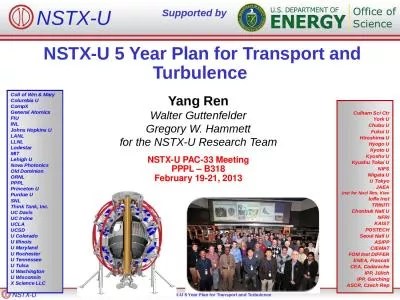PPT-AIMS briefing to NSTX-U group:
Author : pasty-toler | Published Date : 2016-06-29
Accelerator based surface diagnostic for plasmawall interactions science Dennis Whyte Zach Hartwig Harold Barnard Brandon Sorbom Pete Stahle Richard Lanza
Presentation Embed Code
Download Presentation
Download Presentation The PPT/PDF document "AIMS briefing to NSTX-U group:" is the property of its rightful owner. Permission is granted to download and print the materials on this website for personal, non-commercial use only, and to display it on your personal computer provided you do not modify the materials and that you retain all copyright notices contained in the materials. By downloading content from our website, you accept the terms of this agreement.
AIMS briefing to NSTX-U group:: Transcript
Download Rules Of Document
"AIMS briefing to NSTX-U group:"The content belongs to its owner. You may download and print it for personal use, without modification, and keep all copyright notices. By downloading, you agree to these terms.
Related Documents

